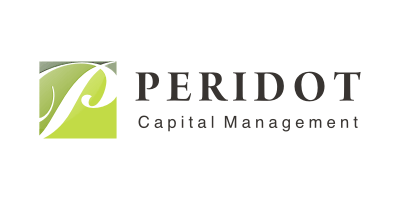Reader Question:
How much is tZero contributing to OSTK's PR and balance sheets? How much actual business/revenue value are generally crypto companies generating versus stock valuation pump due to the hype around everything crypto?
It is hard to speak about crypto companies generally in terms of business value vs financial market hype because there is a such a wide range within the sector. On one hand, some companies are all hype (press releases without much in the way of products or revenue) and on the other you have some, like Overstock’s tZERO business unit, that have press releases, products, and revenue (just no profits).
There is no doubt that Overstock’s share price is being valued partly on its crypto assets. While the pandemic certainly boosted their home furnishings e-commerce business, going up against the likes of Amazon and Wayfair is a tough task (one that they have been losing) and 2021 is likely going to present tough comparisons year-over-year from a sales perspective.
As for tZERO, below is a three-year summary of the financial results Overstock has reported in their 2019 10-K annual report filing (full year 2020 results have yet to be released).
As you can see, tZERO does have some business lines generating revenue, but they are relatively small compared with OSTK’s $5 billion current equity market value. More importantly, the crypto business has been losing roughly $2 for every $1 of revenue it brings in. This is not surprising, as there are not a lot of profitable crypto businesses right now (exchanges are likely the highest margin given that trading volumes are strong, relative to actual utility of tokens more generally).
It should not be surprising then, that Overstock recently announced plans to contribute its crypto assets along with nearly $45 million of cash into a Limited Partnership managed by an external third party. You can read the details here, but essentially OSTK is funding the LP with cash (likely to cover operating losses) and taking a 99% stake as limited partner. The outside manager will be the general partner, make all operational decisions for an annual management fee of $2.5 million, and will receive a performance fee based on the sale of any assets from the partnership.
By making this move, it sure looks like OSTK has decided it does not want to continue to fund operating losses in its crypto businesses. The hiring of a third party manager with a financial incentive to sell the assets seems like a bet that it makes sense to sell while people are willing to fall all over themselves to plow money into a sector that has yet to show it can offer a return from operations (but rather, just by selling currencies to someone else for a higher price).
Perhaps most interesting is that in its deal with this new LP, Overstock has published NAVs for each of its assets within the partnership, and they total less than $200 million (less than $5 per OSTK share). The current stock price would indicate they are worth far more than that. We will have to wait and see how easy it is for them to be sold, and how much capital can be raised in the process.
Full Disclosure: The author of this post was short shares of Overstock at the time of writing, but positions may change at any time and the short position is 75% smaller today than it was at its peak during 2020
Do you have a question you would like answered on the blog? Contact me from this site or message me on Twitter (@peridotcapital)

